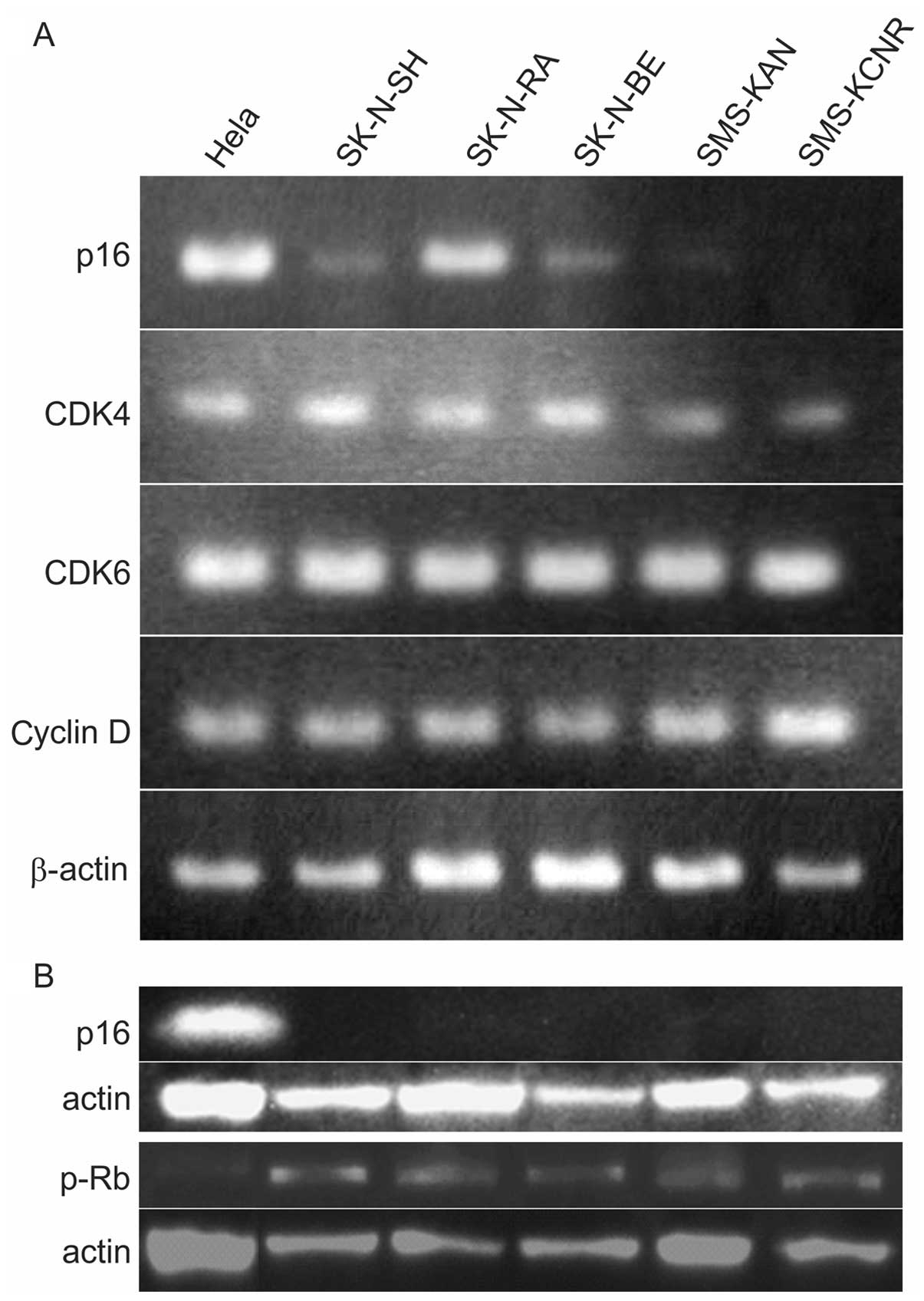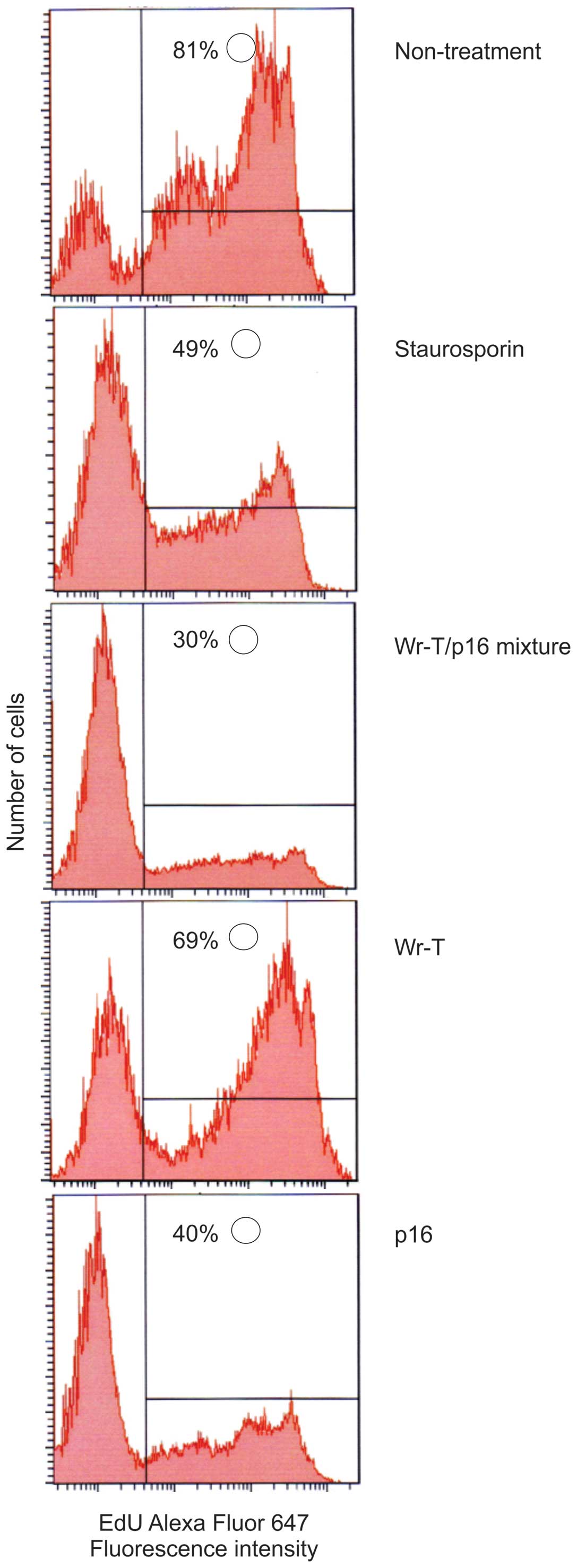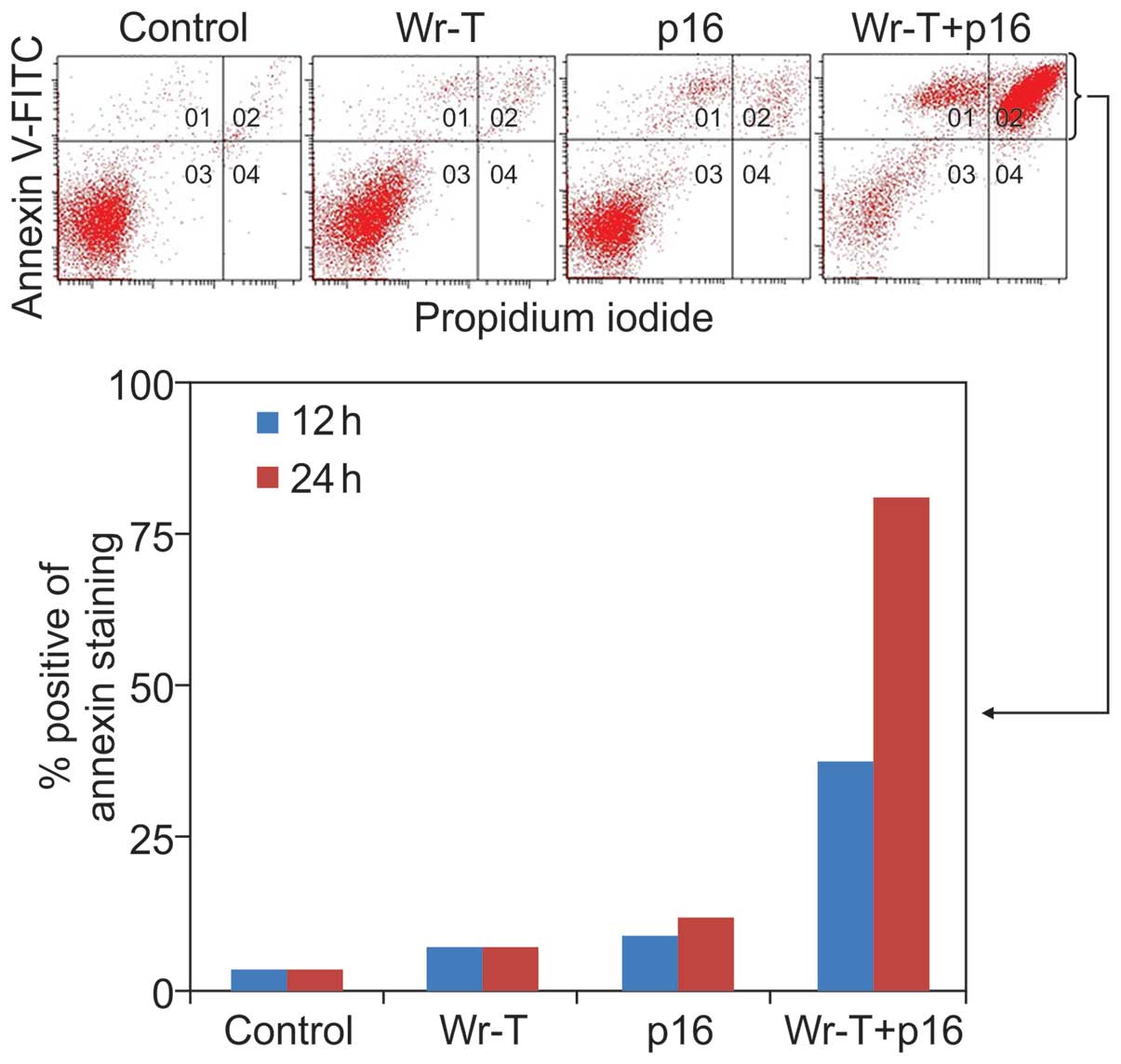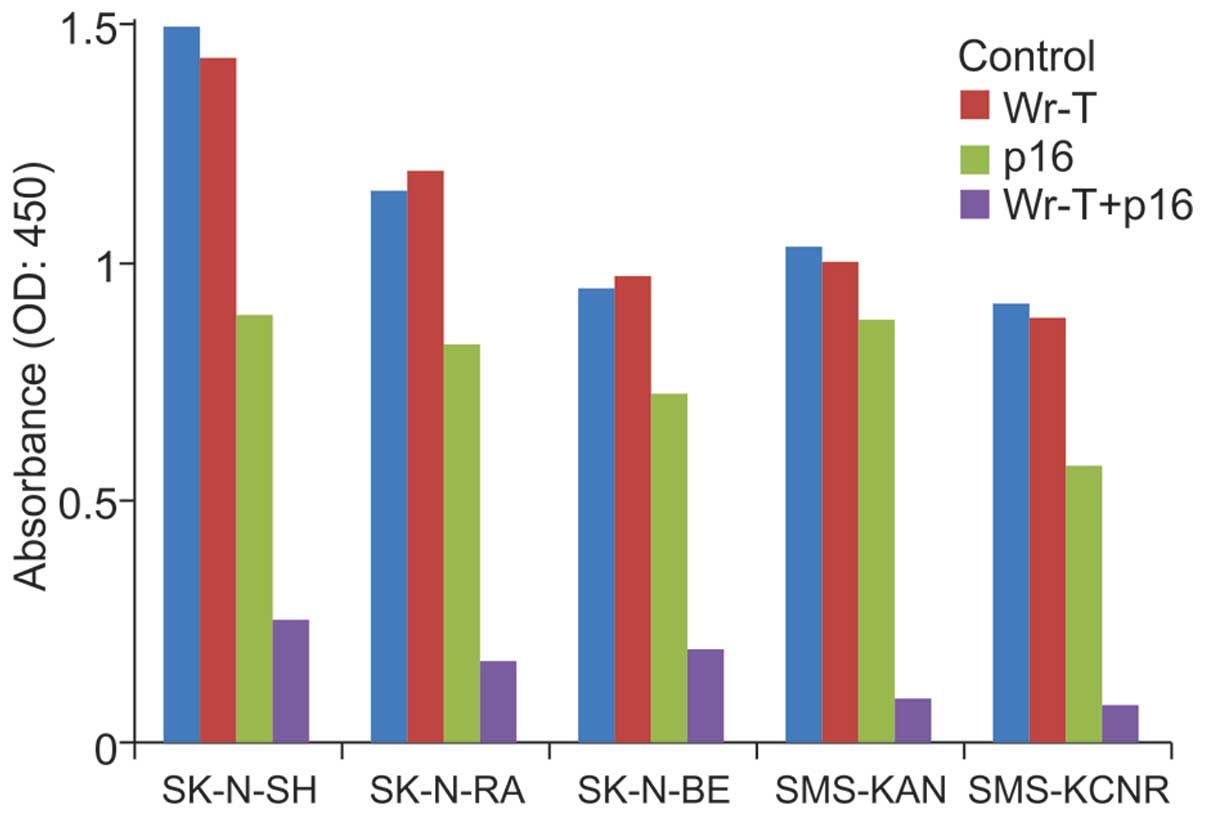|
1.
|
Brodeur GM and Maris JM: Neuroblastoma.
Principle and Practice of Pediatric Oncology. 5th edition. Pizzo PA
and Poplack DG: Lippincott Williams & Wilkins; Philadelphia,
PA: pp. 993–970. 2006
|
|
2.
|
Matthay KK, Reynolds CP, Seeger RC, et al:
Long-term results for children with high-risk neuroblastoma treated
on a randomized trial of myeloablative therapy followed by
13-cis-retinoic acid: a children’s oncology group study. J Clin
Oncol. 27:1007–1013. 2009.PubMed/NCBI
|
|
3.
|
Matthay KK, Villablanca JG, Seeger RC, et
al: Treatment of high-risk neuroblastoma with intensive
chemotherapy, radiotherapy, autologous bone marrow transplantation,
and 13-cis-retinoic acid. N Engl J Med. 341:1165–1173. 1999.
View Article : Google Scholar : PubMed/NCBI
|
|
4.
|
Berthold F, Boos J, Burdach S, et al:
Myeloablative megatherapy with autologous stem-cell rescue versus
oral maintenance chemotherapy as consolidation treatment in
patients with high-risk neuroblastoma: a randomized controlled
trial. Lancet Oncol. 6:649–658. 2005. View Article : Google Scholar
|
|
5.
|
Kaneko M, Tsuchida Y, Mugishima H, et al:
Intensified chemotherapy increases the survival rate in patients
with stage 4 neuroblastoma with MYCN amplification. J Pediatr
Hematol Oncol. 24:613–621. 2002. View Article : Google Scholar : PubMed/NCBI
|
|
6.
|
Brodeur GM, Seeger RC, Schwab M, Varmus HE
and Bishop JM: Amplification of N-myc in untreated human
neuroblastomas correlates with advanced disease stage. Science.
224:1121–1123. 1984. View Article : Google Scholar : PubMed/NCBI
|
|
7.
|
Maris JM, Hogarty MD, Bagatell R and Cohn
SL: Neuroblastoma. Lancet. 369:2106–2120. 2007. View Article : Google Scholar : PubMed/NCBI
|
|
8.
|
Chen Y, Takita J, Choi YL, et al:
Oncogenic mutations of ALK kinase in neuroblastoma. Nature.
455:971–974. 2008. View Article : Google Scholar : PubMed/NCBI
|
|
9.
|
George RE, Sanda T, Hanna M, et al:
Activating mutations in ALK provide a therapeutic target in
neuroblastoma. Nature. 455:975–978. 2008. View Article : Google Scholar : PubMed/NCBI
|
|
10.
|
Janoueix-Lerosey I, Lequin D, Brugières L,
et al: Somatic and germline activating mutations of the ALK kinase
receptor in neuroblastoma. Nature. 455:967–970. 2008. View Article : Google Scholar : PubMed/NCBI
|
|
11.
|
Mossé YP, Laudenslager M, Longo L, et al:
Identification of ALK as a major familial neuroblastoma
predisposition gene. Nature. 455:930–935. 2008.PubMed/NCBI
|
|
12.
|
Ogawa S: Shinkeigashu no genomu kaiseki ni
yoru ALK idenshi heni no dotei (Identification of ALK gene mutation
by neuroblastoma genome analysis). Exp Med. 27:60–68. 2009.
|
|
13.
|
Ghiorzo P, Gargiulo S, Pastorino L, et al:
Impact of E27X, a novel CDKN2A germ line mutation, on p16 and
p14ARF expression in Italian melanoma families displaying
pancreatic cancer and neuroblastoma. Hum Mol Genet. 15:2682–2689.
2006. View Article : Google Scholar
|
|
14.
|
Bassi CL, Martelli L, Cipolotti R,
Scrideli CA, Defávery R and Tone LG: Lack of evidence for mutations
or deletions in the CDKN2A/p16 and CDKN2B/p15 genes of Brazilian
neuroblastoma patients. Braz J Med Biol Res. 37:1683–1687. 2004.
View Article : Google Scholar : PubMed/NCBI
|
|
15.
|
Diccianni MB, Omura-Minamisawa M, Batova
A, Le T, Bridgeman L and Yu AL: Frequent deregulation of p16 and
the p16/G1 cell cycle-regulatory pathway in neuroblastoma. Int J
Cancer. 80:145–154. 1999. View Article : Google Scholar : PubMed/NCBI
|
|
16.
|
Nagahara H, Vocero-Akbani AM, Snyder EL,
et al: Transduction of full-length TAT fusion proteins into
mammalian cells: TAT-p27Kip1 induces cell migration. Nat
Med. 4:1449–1452. 1998. View
Article : Google Scholar : PubMed/NCBI
|
|
17.
|
Derossi D, Jolint AH, Chassaing G, et al:
The third helix of the antennapedia homeodomain translocations
through biological membranes. J Biol Chem. 269:10444–10450.
1994.PubMed/NCBI
|
|
18.
|
Futaki S, Suzuki T, Ohashi W, et al:
Arginine-rich peptides, An abundant source of membrane-permeable
peptides having potential as carriers for intracellular protein
delivery. J Biol Chem. 276:5836–5840. 2001.
|
|
19.
|
Kondo E, Seto M, Yoshikawa K and Yoshino
T: Highly efficient delivery of p16 antitumor peptide into
aggressive leukemia/ lymphoma cells using a novel transporter
system. Mol Cancer Ther. 3:1623–1630. 2004.PubMed/NCBI
|
|
20.
|
Kondo E, Tanaka T, Miyake T, et al: Potent
synergy of dual antitumor peptides for growth suppression of human
glioblastoma cell lines. Mol Cancer Ther. 6:1461–1471. 2008.
View Article : Google Scholar : PubMed/NCBI
|
|
21.
|
Yoshikawa K, Kondo E, Seto M, et al:
Transport system for the biologically active peptides/proteins into
mammalian cells with transporter peptide. Cytometry Res. 16:25–32.
2006.
|
|
22.
|
Fahraeus R, Lain S, Ball KL, et al:
Characterization of the cyclin-dependent kinase inhibitory domain
of the INK4 family as a model for a synthetic tumour suppresspr
molecule. Oncogene. 16:587–596. 1998. View Article : Google Scholar : PubMed/NCBI
|
















